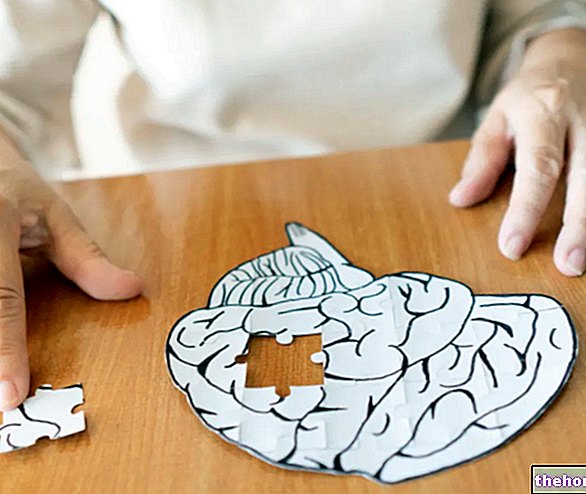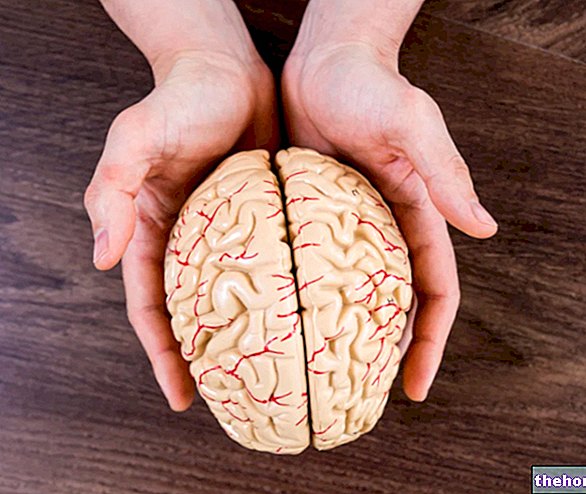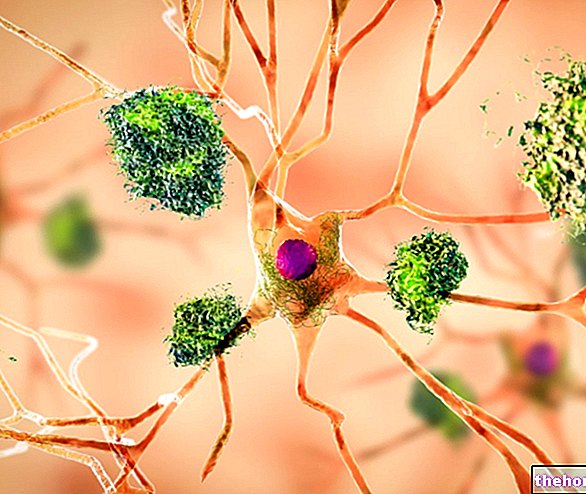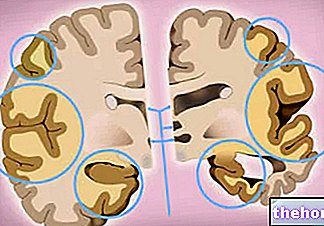Scroll down the page to read the summary table on dystonia.
dystonic
Uncomfortable and twisted postures
Unusual movements, often painful and repetitive
Reversibility of the dystonic position: not always possible immediately
300 sick people for every million healthy subjects; After some years
- 110 patients per million (of healthy subjects) in England
- 60 dystonic per million (of healthy subjects) in Japan
- USA: 300,000 people affected by dystonia
- Italy 20,000 dystonic patients
- The target of focal dystonic forms are adults
- Children between the ages of 6 and 10 are most at risk of generalized dystonia
- S "is one of the most common movement disorders, after Parkinson's disease and tremor.
- In man: legs and arms are the sites most affected by dystonia
- Minimal female prevalence in some dystonic forms
- Chronic pathology that only rarely affects the cognition of the affected patient
- Unlikely decrease in life expectancy
- Dystonia does not identify terminal pathologies
- Impairment of the patient's quality of life
- Different degrees of pain and disability, characteristics classified on an ideal rating scale
- Dystonic muscle contractions protracted over time
- Twisting movements comparable to the movement of the snake
- Frequency and cadenced repetition of abnormal involuntary muscle contractions: elements that all forms of dystonia have in common
- Early-onset dystonia (infantile-adolescent): most often appears at 9 years of age and mainly affects one limb
- Late-onset dystonia: usually appears in adulthood, after the age of 30, particularly between the ages of 40 and 60
- Location: based on the involvement of the various anatomical sites affected by dystonia (focal dystonia)
- Age of onset of the disorder (generalized dystonias)
- Triggering cause (secondary dystonia)
- Childhood dystonia
- Paroxysmal dystonia
- Idiopathic dystonia
- Symptomatic dystonia
- Iatrogenic dystonia
- Upper limb dystonia (eg. Scribe's cramp, Musicians' dystonia): focal dystonia related to particular activities (eg playing, writing). Botulinum toxin represents the therapeutic option of excellence to remedy this focal dystonia
- Blepharospasm: the disease affects the face, especially the upper part. It is characterized by muscle contractions and spasms that mainly involve the eyelids
- Cervical dystonia (or spasmodic torticollis): characterized by evident involuntary spasms in the neck muscles. It is the most frequent focal form
- Laryngeal dystonia: Laryngeal stridor, Adductor spasmodic dysphonia, Abductor dysphonia
- Hemidistonia
Incidence: rather rare pathology
Classification:
- Symptomatic paroxysmal dystonia (genetic-familial and sporadic forms)
- Primary paroxysmal dystonia (genetic-familial and sporadic forms)
- Kinesigenic choreoathetotic paroxysmal dystonia
- Hypnogenic paroxysmal dystonia
- Paroxysmal ataxia responsive to acetazolamide
- Paroxysmal choreoathetotic dystonia
- Familial periodic ataxia
- Often the causes related to the manifestation of dystonia are not identifiable
- Trauma
- Taking particular pharmacological substances for long periods (antipsychotics-neuroleptics)
- Mutation of some genes (eg. DYT1)
- Nervous system disorders (stroke, tumors, multiple sclerosis, head trauma, bacterial infections, neonatal brain damage, etc.)
- Hereditary diseases affecting certain areas of the nervous system (heredodegenerative diseases)
- Clinical evaluation of the patient
- Know the patient's history
- Laboratory investigations (e.g. urinalysis, blood and cerebrospinal fluid analysis)
- Brain MRI (Brain Magnetic Resonance)
- CT ("diagnostic imaging")
- Neuroimaging
- Electromyographic investigation of muscle activity (EMG)
- Molecular Genetics Diagnostic Test
- Oral administration of targeted pharmacological specialties
- Intrathecal administration of muscle relaxants
- Botulinum toxin injections
- Surgical therapy
- Neurosurgery intervention
- Non-pharmacological therapies
- Psychological support therapy
- Limb cast
- Physical therapy
- Complementary therapy (acupuncture, yoga, meditation, pilates)
- Onset of dystonia at an early age: greater chance of disease degeneration
- Onset of dystonia in adulthood: greater possibility of stabilization of dystonic symptoms
Other articles on "Dystonia in Brief: Summary of Dystonia"
- Dystonia: therapies and prognosis
- Dystonia
- Dystonia: Classification
- Focal Dystonia
- Neurovegetative dystonia (paroxysmal)
- Dystonia: causes and diagnosis




























